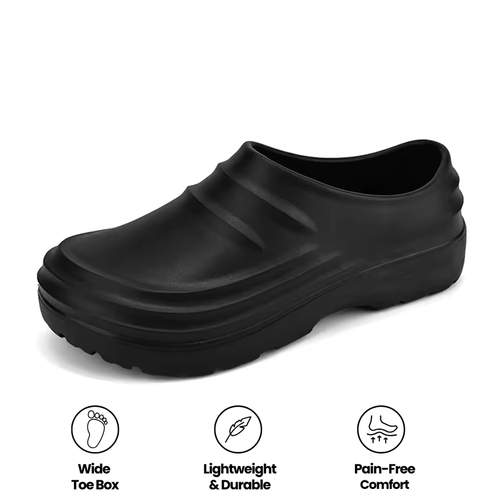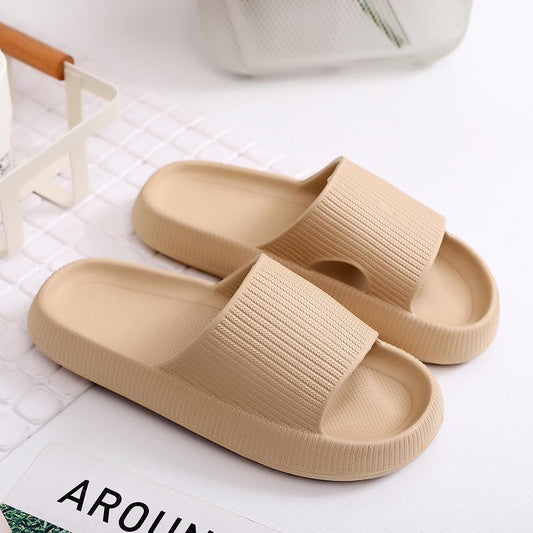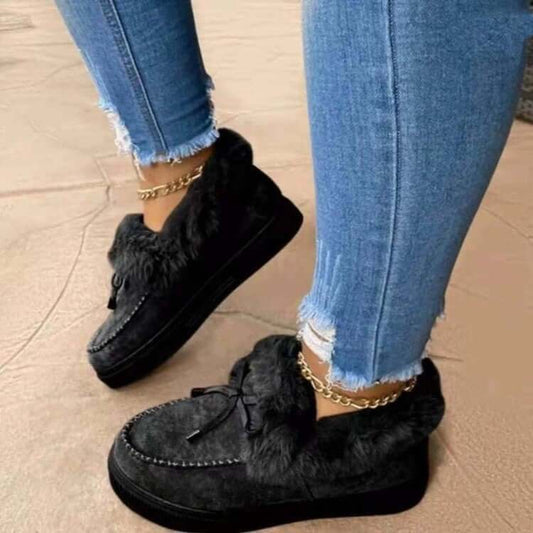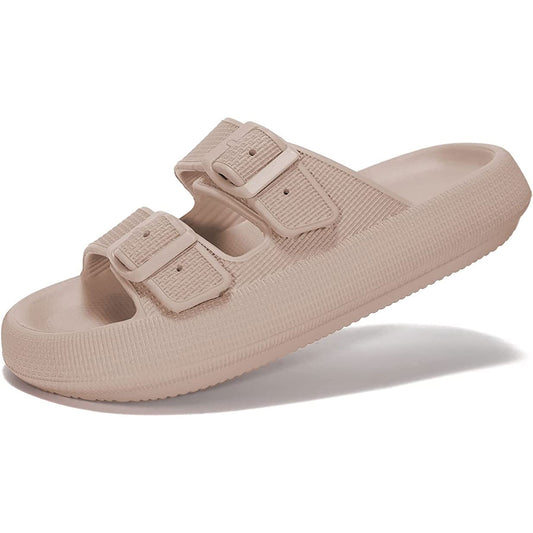Plantar fasciitis is a common condition that affects the heel and the bottom of the foot. It is caused by inflammation of the plantar fascia, a band of tissue that runs from the heel to the toes. The condition is characterized by pain and stiffness in the heel, especially in the morning or after long periods of sitting.
One of the most effective ways to treat plantar fasciitis is to wear the right kind of footwear. Plantar fasciitis footwear is designed to provide support and cushioning for the heel and the bottom of the foot. It can help to reduce pain and inflammation, and promote healing.
Another important feature to look for in plantar fasciitis footwear is a deep heel cup. This helps to stabilize the heel and reduce the risk of injury. Some shoes also have a rocker sole, which can help to reduce pain and promote healing by reducing the stress on the plantar fascia.
It's also important to make sure that the shoes fit well and are comfortable. Avoid shoes that are too tight or too loose, and make sure that there is enough room for the toes to move comfortably.
In addition to wearing the right footwear, stretching and strengthening exercises can also help to alleviate symptoms of plantar fasciitis. Physical therapy, orthotic inserts, and other non-surgical treatments may also be recommended by a doctor or physical therapist.
In conclusion, plantar fasciitis is a common condition that causes pain and stiffness in the heel and bottom of the foot. Wearing the right kind of footwear, such as shoes with good arch support, a cushioned heel, deep heel cup and comfortable fit can help to reduce pain and promote healing. In addition, stretching, strengthening exercises and other non-surgical treatments recommended by a doctor or physical therapist can also help alleviate symptoms.











